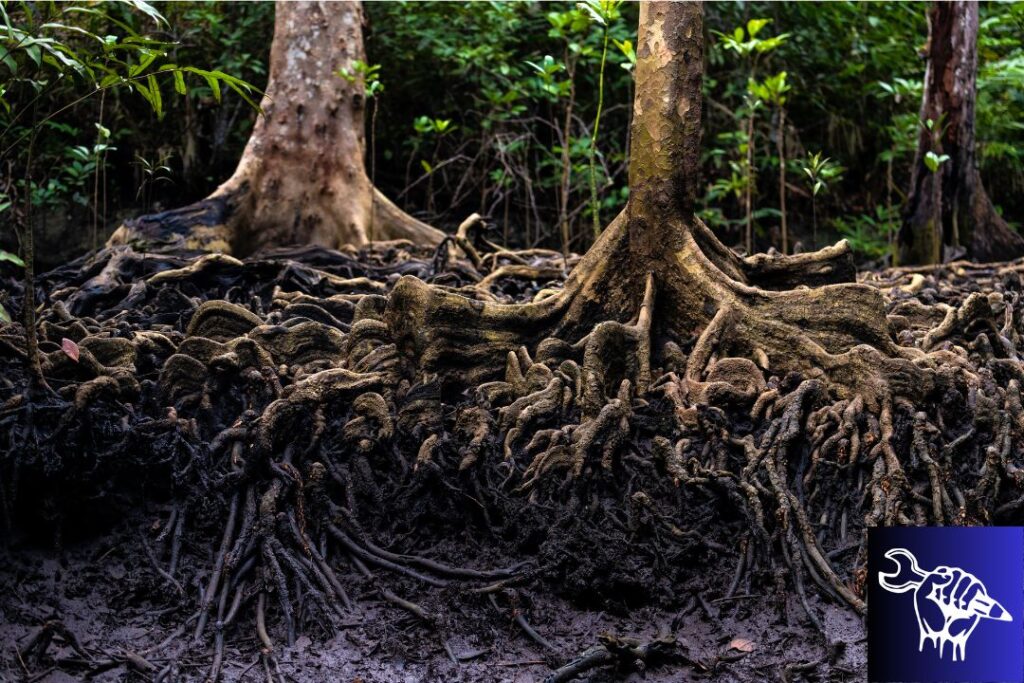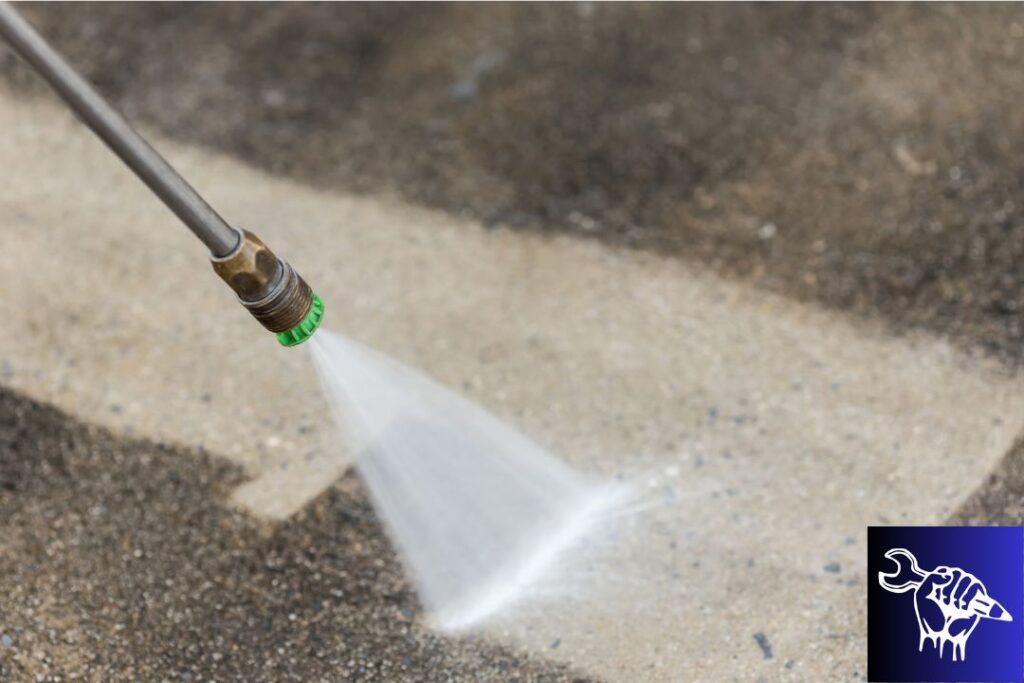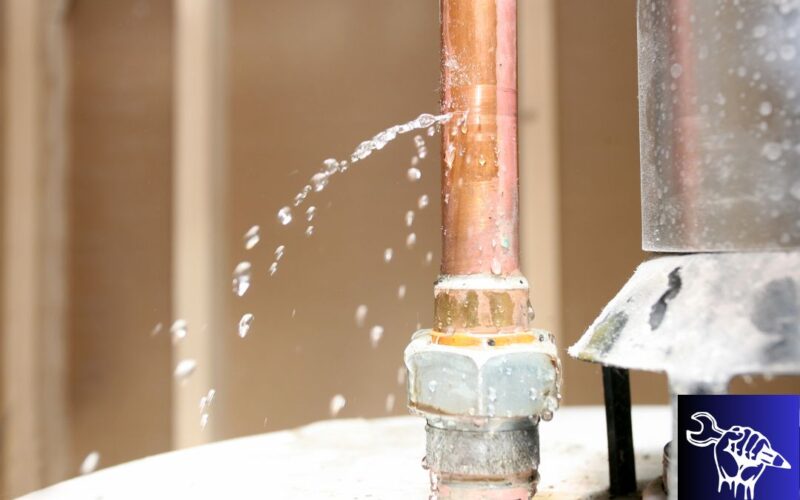Every household and building relies on an intricate plumbing system to supply clean water and remove wastewater. These systems, often taken for granted, are essential to our modern way of life. However, they are not invincible, and one of the most common issues many property owners face is the dreaded pipe leak. Identifying the root cause of these leaks is vital, both to rectify the problem and to prevent future issues. In this article, we will delve into the primary reasons behind pipe leaks, offering insights that can help safeguard your plumbing system.
Natural Wear and Tear Leading to Pipe Leaks

Just as roads wear down with constant traffic, pipes experience degradation with continuous water flow. Over time, even the sturdiest pipes can succumb to the relentless forces of use and nature. The daily wear and tear, influenced by factors such as water pressure, temperature fluctuations, and the passage of hard water or abrasive substances, can gradually degrade the integrity of pipes.
Furthermore, some materials, like galvanized steel, have a propensity to corrode or rust, further increasing the likelihood of pipe leaks. Like any infrastructure component, pipes have a finite lifespan. As they near the end of this period, the probability of experiencing leaks due to age-related wear intensifies.
It’s crucial for homeowners and property managers to be aware of their plumbing system’s age and its potential vulnerabilities. Proactive inspections, maintenance, and considering timely replacements or upgrades can help in significantly reducing the chances of unexpected and costly pipe leaks.
You may also be interested: Pros and cons of wooden windows
Corrosion

Corrosion is a silent but formidable foe of many plumbing systems. Stemming from the chemical reactions between metal pipes and their surrounding environment, corrosion is particularly exacerbated by the presence of moisture and certain chemicals. Water’s pH level plays a significant role in this process, with extreme pH levels, either too acidic or too alkaline, being especially damaging. Different pipe materials, from copper to galvanized steel, each come with their unique set of vulnerabilities to corrosion, making the selection of piping crucial to a system’s longevity.
As pipes undergo the test of time, their resistance to corrosion diminishes. This deterioration can manifest in varied forms, each with its own set of challenges:
- Uniform corrosion spreads evenly across the pipe’s surface, steadily weakening its entire structure.
- Pitting corrosion presents as tiny, yet deep holes. Their deceptive size often makes them hard to identify, but they are potent culprits behind pipe leaks.
- Galvanic corrosion arises when two distinct metals come into contact. This causes one metal to corrode at an accelerated rate compared to the other.
Recognizing the signs of these corrosion types is pivotal for timely maintenance interventions. An informed understanding of the underlying causes, coupled with regular inspections, can guide homeowners and professionals alike in choosing the right preventive measures, treatments, or replacements to ward off the looming threat of pipe leaks.
Tree roots

The quest for water and nutrients drives tree roots to explore all available sources. In urban environments, the moisture-rich vicinity of underground pipelines is often irresistibly inviting. Initial root infiltrations into pipes might appear minimal, but they can sneak into minuscule cracks or pipe joints. With time and growth, these roots exert increasing pressure, escalating the risk of blockages, pipe leaks, or even severe pipe ruptures.
But the threat doesn’t end with mere physical intrusion. Once they gain entry, tree roots can accumulate household waste, escalating the chances of blockages and possible sewer overflows.
For those managing properties, knowledge of the surrounding environment is pivotal. Some preventive and early detection strategies include:
- Regular Inspections: Utilize camera inspections to identify any early root invasions.
- Root Barriers: Establish physical barriers between trees and pipes to deter intrusive roots.
- Chemical Solutions: Certain chemicals can dissuade roots from approaching pipelines. However, ensure their eco-friendliness before use.
- Mindful Planting: Strategically plant trees away from pipeline pathways or opt for species with less invasive root patterns.
Armed with awareness and proactive measures, it’s possible to counteract the challenges posed by nature’s persistent quest for sustenance, ensuring a reduced risk of pipe leaks.
High water pressure

Strong water pressure, while beneficial for invigorating showers and efficient cleaning tasks, harbors hidden threats to your plumbing. Excessive water pressure in the plumbing system is analogous to high blood pressure in the human body—it places silent yet significant strain on the entire system.
This heightened pressure constantly challenges the pipe walls, connections, and associated fixtures. As it continues, it can erode pipe materials, compromise joints, and hasten wear and tear. Such unremitting force increases the likelihood of pipe leaks, especially at vulnerable sections or any pre-existing weak points.
Recognizing high water pressure might be subtle but is vital. Indicators include:
- Unusual Noises: Banging or knocking sounds when operating taps.
- Accelerated Appliance Wear: Premature wear in appliances like washing machines or dishwashers due to high water pressure.
- Persistent Dripping: Faucets that drip even when turned off.
- Water Bill Increases: Unexplained spikes in the water bill without increased usage.
Addressing this issue is of the utmost importance:
- Water Pressure Gauge: A cost-effective tool to measure your home’s water pressure.
- Pressure Reducing Valves (PRV): For homes grappling with chronic high water pressure, installing a PRV can be a game-changer, regulating incoming water to safer levels.
- Routine Inspections: Regular plumbing checks can detect and mitigate issues before they escalate.
In conclusion, while potent water pressure has its merits, ensuring it doesn’t culminate in pipe leaks is essential for preserving your home’s plumbing health.
The editors recommend: Is it worth choosing LEDs?
Conclusion: Tackling Pipe Leaks Head-On
Plumbing, the silent workhorse of our homes and businesses, often goes unnoticed until an issue like a leak surfaces. As we’ve delved into, various factors ranging from the inexorable force of nature to the wear and tear of daily use can instigate these leaks. Understanding the primary causes – be it the corrosive power of time, the intrusive tendencies of tree roots, or the relentless push of high water pressure – empowers homeowners to take preemptive measures.
The significance of early detection cannot be stressed enough. Recognizing the warning signs of a potential leak not only saves money on extensive repairs but also prevents possible property damage and conserves valuable resources. Remember, a small drip today can turn into a costly flood tomorrow.
Yet, like many challenges we face, prevention is often the best remedy. Regular maintenance, routine inspections, and a keen awareness of your plumbing system’s health are pivotal. And while there’s much homeowners can do on their own, there are moments where the expertise of a professional is invaluable. Don’t hesitate to seek advice or intervention when uncertainties arise. After all, confronting the issue of pipe leaks head-on ensures the longevity of your plumbing and the peace of mind that comes with a well-maintained home.






